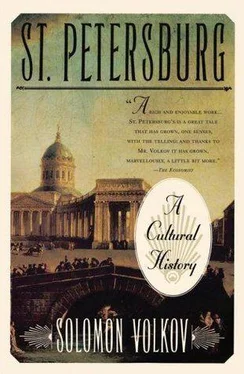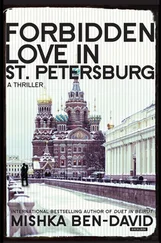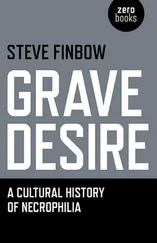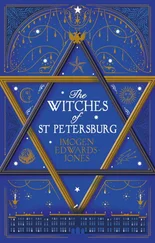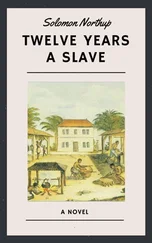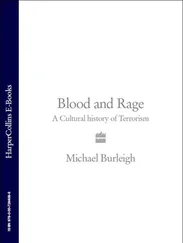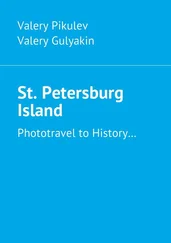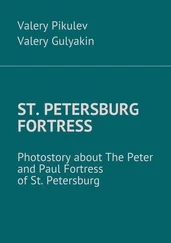Beleaguered but unbroken, Shostakovich continued this Petersburg line in his picturesque Eleventh Symphony, and also in his late quartets, while Akhmatova moved from prophesying a terrible future to the re-creation of the legendary past (“Just as the future ripens in the past,/So the past smolders in the future”) and crowned her construction of the new Petersburg mythos with the monumental Poem Without a Hero, whose true hero was, of course, her beloved Northern Palmyra.
Akhmatova did not live to see either Requiem or Poem Without a Hero published in full in the Soviet Union. They were clandestinely copied by hand or typed and received with growing enthusiasm, even as the Soviet cultural apparatus not only ignored but tried to stamp out and destroy the unofficial Petersburg mythos that stubbornly grew stronger. One of the most notorious post-Stalinist acts of government repression was the show trial in 1964 of the young Leningrad poet Joseph Brodsky, a protégé of Akhmatova’s, charged with “parasitism.”
Exiled to the north and later expelled to the West in 1972, Brodsky settled in the United States, where with his talent and powerful intellect he became an heir to the “American branch” of Petersburg modernism. I use this term to unite a group of creative giants who had never declared their membership in any artistic school. Nevertheless, there was much to link Igor Stravinsky, Vladimir Nabokov, and George Balanchine. All three came from Petersburg, and after years in Europe they settled in the United States, where they had an enormous influence on American culture and created their “nostalgic” version of the Petersburg mythos, which attracted the attention of the Western intellectual elite when that mythos was being persecuted ruthlessly in the Soviet Union.
Brodsky picked up that tradition, thereby creating a link between the two great strata of Petersburg culture, sundered by the inexorable historical forces of the turbulent twentieth century.
I first met Brodsky in Leningrad in the early 1970s, but paradoxically I became truly acquainted with him only in New York, where I moved in 1976, having emigrated from the Soviet Union. In 1979 I published Testimony, the memoirs of Dmitri Shostakovich, written in collaboration with the composer while we were both in the USSR. Several other collaborative projects followed: Balanchine’s Tchaikovsky (with George Balanchine, 1985), From Russia to the West (with violinist Nathan Milstein, 1990), Joseph Brodsky in New York (conversations with the poet, 1990), and also with him a book of dialogues about Akhmatova, published in 1992 in Moscow. But for all those years I was working on a book devoted to Petersburg culture and the Petersburg mythos—an idea that had flashed through my mind on the unforgettable day in May 1965 with its snow and its rainbow, when my friends and I played the Shostakovich Ninth Quartet for Akhmatova in her dacha near Leningrad.
The need for such a book seemed even greater since neither in the Soviet Union nor anywhere else was there a comprehensive cultural history of the city that included literature, music, theater, ballet, and the arts. Paris, Vienna, Berlin, and New York were firmly established in the world’s consciousness as important cultural centers, where revolutionary aesthetic concepts were born and the clash of brilliant personalities created the greatness of modern art. People were fascinated by the “nervous splendor,” energy, and vitality of those grand cities.
But Petersburg did not join this distinguished group, which seemed grossly unfair to me. This was the city where Diaghilev’s artistic ideas were formed, where Meyerhold realized many of his most daring theatrical experiments, where the young Stravinsky composed his amazing music, where Matiushin and Malevich held the premiere of their epochal futurist opera, Victory Over the Sun; this was the city where one could find the roots of the literature and the theater of the absurd, of the New Criticism and of contemporary structuralism, of plotless ballet and the modern symphony. But through a fateful combination of cultural and political reasons, all these splendid accomplishments and famous names floated in some kind of space and time vacuum and remained strangely unconnected.
I began collecting the material for documenting this era in the early 1960s, meeting in Leningrad (and later in Moscow) with remarkable people, survivors of the Silver Age, the creators, participants, and observers of the flowering of Petersburg culture in the early twentieth century. Some of them held prominent social positions; others, often beset by terrible hardships and chastened by bitter experience, tried to live out quiet lives.
But they all wanted to recall those glorious years that were buried under a historical avalanche and about which they felt the new, indoctrinated generation knew nothing nor cared to know. That is why these people responded gratefully to any well-meaning interest in their past.
Another unique cross section of Petersburg culture and an invaluable source of information about the era was revealed to me when I moved to the West. Here I had the good fortune to meet with some quintessential Petersburgers, who managed to preserve despite the tribulations of exile and their advanced years a clear memory of the events of their youth. These gentle souls met me sympathetically, in large part because they were pleased by my enthusiasm for the city that they themselves continued to consider the greatest and most beautiful in the world. A part was also played by the fact that they at last had an opportunity to discuss and savor with a new arrival from Russia the details of their precious impressions of the distant past—in their native tongue! I was very touched by one interlocutor who had described in all particulars a performance he had seen in prerevolutionary Petersburg and suddenly admitted that he had not discussed that topic for about sixty years.
Then, in the late 1970s, the old émigrés and I, a new one, knew that the barbarous, artificial division of Russian culture into “Soviet” or “metropolitan,” on the one hand, and “abroad” or “émigré,” on the other, which began with the Communist regime in Russia and was propagated with great ferocity, would continue if not forever then for an unbearably long time. We feared we would not live to witness the reunification of Petersburg culture or the recognition in Russia of the greatness of the Petersburg mythos.
In predicting the fate of the Soviet empire, we were not the only ones to be mistaken: almost the entire world was wrong. Few had expected the suddenness and speed with which the empire collapsed and the startling changes that would occur in Russia in the late 1980s. Unprecedented political, economic, social, and cultural shifts shook the country and turned it upside down. For the city on the Neva they meant, among other things, an almost inconceivable salvaging of the Petersburg mythos from beneath the sea, as if the legendary Atlantis had reemerged before the very eyes of its descendants. The names of vilified individuals and artistic phenomena returned from oblivion; authors whose works it had been a punishable offense to distribute just a few years earlier were declared overnight to be classics and were printed in great numbers; and the canvases long hidden in dusty warehouses were once again glowing with their vivid colors at festive exhibitions.
The culmination of this dizzying process was the return on September 6, 1991, of the city’s historic name—St. Petersburg. Petersburg culture celebrated its unexpected and thus all the more satisfying triumph.
I thought about this gift from fate as I strolled along the streets of Petersburg in the fall of 1993: how fleeting it had been, like a mirage, and how important it was to preserve it in my heart—for myself and in memory of those old Petersburgers, native and émigré, who had not lived to see the changes for which they had desperately hoped.
Читать дальше
